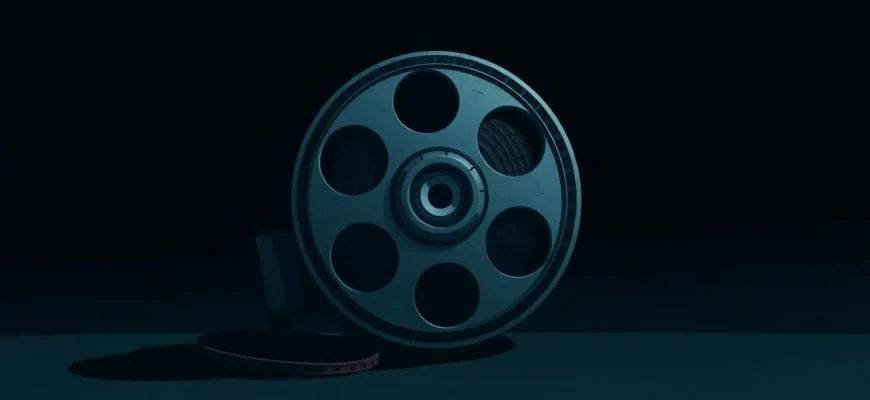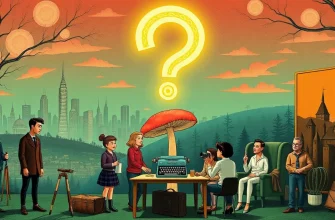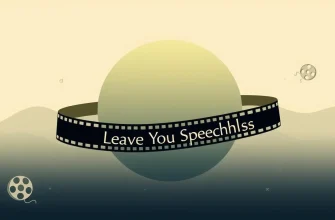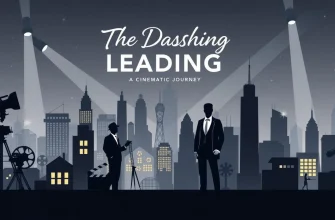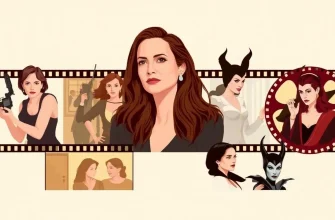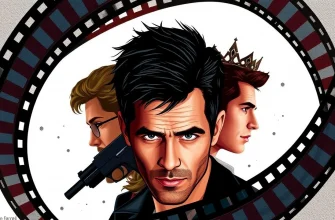Found footage films have captivated audiences by presenting stories as if they were real, often using the conceit of lost or discovered footage to tell their tales. This collection showcases 10 films that exemplify the genre's ability to create suspense, horror, and intrigue through the lens of amateur or documentary-style filmmaking. These movies not only entertain but also challenge viewers to question the line between reality and fiction, offering a unique cinematic experience.
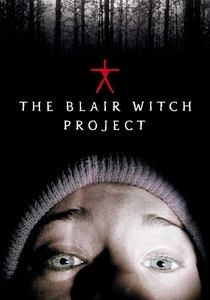
The Blair Witch Project (1999)
Description: This film is the quintessential found footage movie, where three student filmmakers set out to make a documentary about the Blair Witch legend but end up documenting their own terrifying experience.
Fact: The film was made on a budget of around $60,000 and grossed over $248 million worldwide. The actors were given minimal direction to create a more authentic feel.
 Watch Now
Watch Now 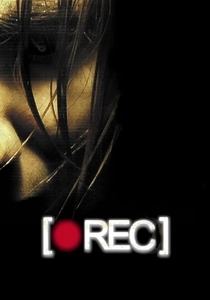
REC (2007)
Description: A Spanish horror film where a reporter and her cameraman follow firefighters into an apartment building, only to be trapped inside with a deadly infection spreading.
Fact: The film was remade in the U.S. as "Quarantine." The entire movie was shot in a single continuous take to enhance the realism.
 Watch Now
Watch Now 
Cloverfield (2008)
Description: A group of friends in New York City capture their terrifying experience during a monster attack on the city, all through a handheld camera.
Fact: The film was marketed with a viral campaign that included a website with clues about the monster's origins. The movie was shot in a way to mimic the feel of a home video.
 Watch Now
Watch Now 
Paranormal Activity (2007)
Description: A couple sets up cameras to capture evidence of paranormal activity in their home, leading to a chilling discovery of demonic presence.
Fact: The film was initially released in limited theaters to create buzz, and its success led to a franchise. The movie was shot in the director's own home.
 Watch Now
Watch Now 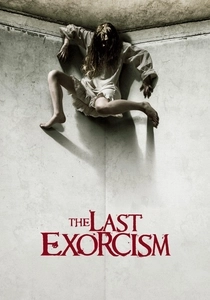
The Last Exorcism (2010)
Description: A disillusioned evangelical minister allows a documentary crew to film his last exorcism, which turns out to be more real than he anticipated.
Fact: The film was inspired by the documentary style of "The Exorcist." It spawned a sequel, "The Last Exorcism Part II."
 Watch Now
Watch Now 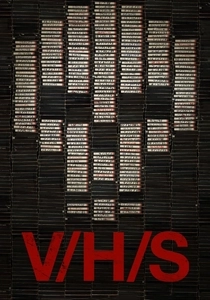
V/H/S (2012)
Description: A series of found footage shorts, each telling a different horror story, all connected by a framing narrative involving a group searching for a specific VHS tape.
Fact: The film features segments directed by various horror filmmakers, including Adam Wingard and Ti West. It has spawned several sequels.
 Watch Now
Watch Now 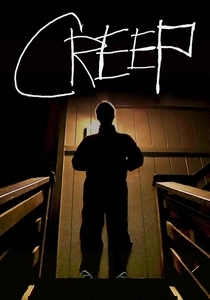
Creep (2014)
Description: A videographer answers an online ad to film a man's last messages to his unborn son, but the situation quickly turns sinister.
Fact: The film was co-written by Mark Duplass, who also stars in it. The entire movie was improvised based on a loose outline.
 Watch Now
Watch Now 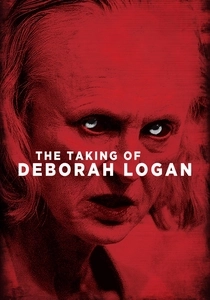
The Taking of Deborah Logan (2014)
Description: A documentary crew follows an elderly woman with Alzheimer's, only to uncover something far more sinister affecting her.
Fact: The film uses the found footage format to explore themes of aging and mental health. It was well-received for its blend of horror and emotional depth.
 Watch Now
Watch Now 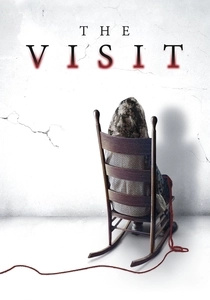
The Visit (2015)
Description: Two siblings visit their grandparents for the first time, but their stay becomes increasingly disturbing as they document odd behaviors through their camera.
Fact: Directed by M. Night Shyamalan, this film marks a return to his roots with a twist ending. It was shot in a found footage style to enhance the realism of the children's perspective.
 Watch Now
Watch Now 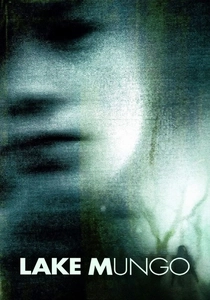
Lake Mungo (2008)
Description: After a young girl drowns, her family uncovers disturbing evidence of her life and death through various forms of media, including home videos.
Fact: The film blurs the line between documentary and fiction, often leaving viewers questioning what is real. It was shot in a mockumentary style.
 30 Days Free
30 Days Free 
